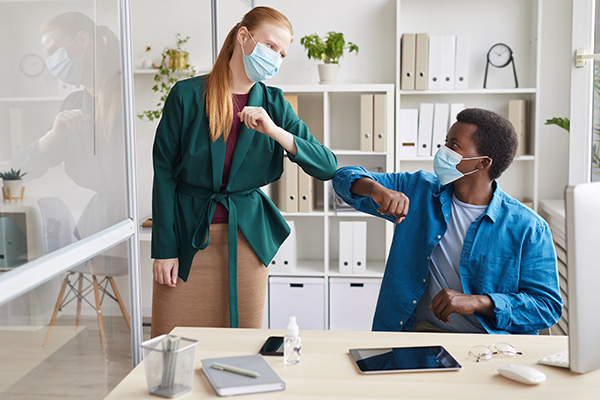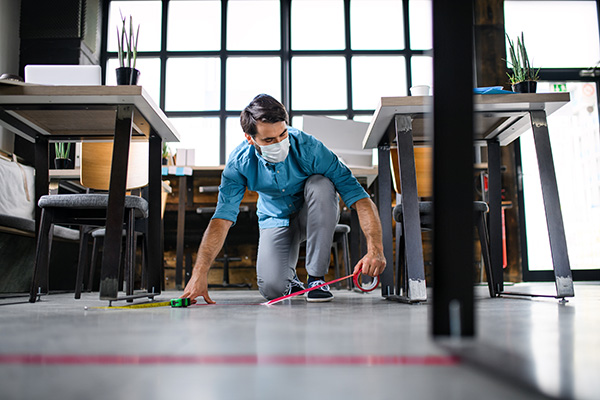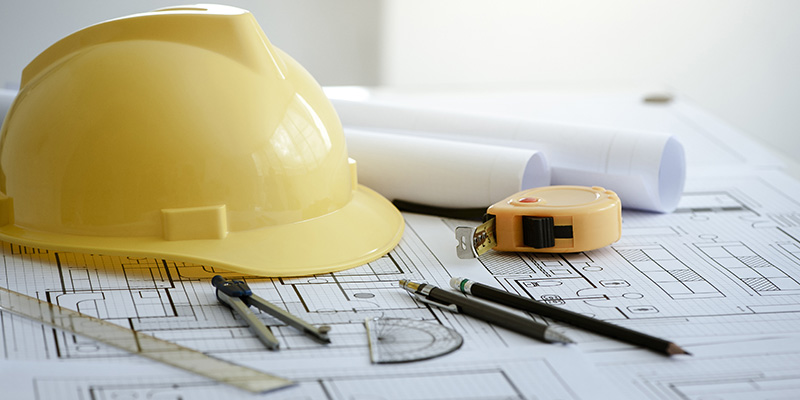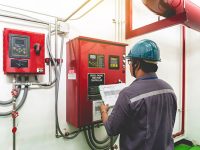Employers are legally obliged to maintain a safe work environment by identifying hazards, assessing the risk those hazards create, and then eliminating or minimising the risks as far as practicable.
Work health and safety (WHS) – formerly called occupational health and safety (OHS) – is aimed at controlling risks to keep everyone in the workplace free from harm, including visitors, customers and suppliers, as well as employees.
In South Australia, work health and safety is regulated by Safe Work SA inspectors. The organisation also publishes a code of practice containing WHS guidelines for businesses in SA.
Ensuring a safe working environment may initially cost time and money but is crucial for the safety of people and also for your business to minimise the likelihood of legal issues such as prosecution and fines.
A safe work environment will also help improve productivity. Fewer illnesses and injuries among staff mean less disruption to workflow, and a happier workforce.
To ensure a safe working environment, you need to understand the essential workplace safety requirements that apply to your business.
What You Need to Do
 To comply with the Work Health and Safety Act and provide a safe working environment, businesses must:
To comply with the Work Health and Safety Act and provide a safe working environment, businesses must:
-
Provide and maintain safe machinery and structures.
-
Ensure safe use of machinery, structures and substances.
-
Facilitate safe working methods.
-
Ensure adequate facilities.
-
Provide any necessary workplace safety training.
-
Monitor workplace conditions and the health of employees.
Each state has its own work health and safety laws, and your specific WHS requirements will also depend on the particular risks in your type of business.
Ways to Make Your Workplace Safer
Some measures are more effective than others in maintaining a healthy and safe workplace, such as…
Identifying hazards
Be alert to anything that could harm someone, such as:
-
The physical work environment.
-
How work tasks are performed.
-
Equipment, materials and substances you use.
Assessing risks
Do a risk evaluation to find out what could happen if someone is exposed to a hazard. Then assess the likelihood of it happening and the consequences if it were to happen.
Consider aspects like:
-
The severity of danger of the risk.
-
Whether existing risk control measures are adequate.
-
What you may need to do to improve risk control, and how soon you need to take action.
Controlling Work Safety Risks
The best risk control measures eliminate work hazards and associated risks. The most effective way to achieve this is to avoid introducing hazards into the working environment in the first place.
If you can’t eliminate the hazard, you must minimise the risks as far as practicable, with methods such as:
-
Replacing / substitute the hazard with something safer.
-
Isolating the hazard from people.
-
Engineering controls like installing guards or using a trolley to move heavy loads instead of someone having to carry them.
Any remaining risks can be managed by:
-
Administrative controls such as safe work procedures.
-
Training for employees on working safely.
-
Personal protective equipment (PPE).
Control measures should be reviewed regularly to make sure they’re working as planned. Schedule regular inspections of your workplace to check for new hazards, especially if you introduce new activities or equipment.
Maintaining the Work Environment
 Regular cleaning of work areas and facilities is imperative in managing a safe working environment, and prompt repairs will be necessary in the event of damaged furniture, fixtures and fittings, plumbing, air-conditioning or lighting.
Regular cleaning of work areas and facilities is imperative in managing a safe working environment, and prompt repairs will be necessary in the event of damaged furniture, fixtures and fittings, plumbing, air-conditioning or lighting.
It’s also your legal duty to ensure as far as reasonably practicable:
-
Safe access and exit, in an emergency as well as normal working conditions.
-
Sufficient space for work to be performed safely.
-
Adequate lighting for employees to work safely.
-
Ventilation to control exposure to airborne contaminants.
Facilities in the Workplace
Just as the working environment needs to be clean and safe, so do the facilities you provide for employees.
For instance, items such as soap and toilet paper should be replenished regularly, and appliances such as toasters and fridges should be kept in good working order.
Essential facilities you need to provide include:
-
Drinking water.
-
Toilets.
-
Hand-washing basins (preferably with a soap dispenser) and air dryers or paper towels.
-
Hygienic eating areas.
-
Personal storage facilities.
-
Changing rooms and showers, if necessary.
Your employee facilities should also be accessible to those with a disability.
Planning for Natural Disasters

Emergencies, by their nature, tend to strike with little or no warning. That’s why your business needs an emergency management plan, particularly to cope with natural disasters such as fire, floods, gales and even earthquakes.
Firstly, you need to evaluate your business activities that may pose an increased risk in the event of an emergency. Keep in mind that ensuring a safe working environment in extreme weather is also an essential workplace safety requirement under WHS laws.
Then you need to be prepared to handle emergencies by holding emergency drills and having first aid capabilities, with trained first aiders, and first aid equipment that’s easy to access.
Emergency management plans should be reviewed regularly and updated in the event of staff changes or if you move to a new location.
Where Can I Get Help to Make My Workplace Safer?
When you’re running a business, you may often feel there aren’t enough hours in the day. Multiple tasks demand your attention, including day-to-day operations and long-term planning and strategy.
Few employers have the time, skills or resources to take care of another essential aspect –ensuring long-term work health and safety.
That’s why they get professional help from specialist consultants.
What to Look for in a WHS Consultant
Key qualities to look for in a WHS consultant include:
-
Experience and expertise.
-
Communication and motivational skills.
-
Technical capabilities in identifying and rectifying health and safety issues in your specific business.
Adelaide-based WHS Matters has an impressive track record in improving health and safety in all kinds of working environments across South Australia, and in Tasmania and New South Wales.
We provide comprehensive, affordable, user-friendly WHS solutions including risk assessment and control and ongoing support and monitoring as required.
Contact us now for a free on-site consultation on maintaining a safe working environment for your business.




